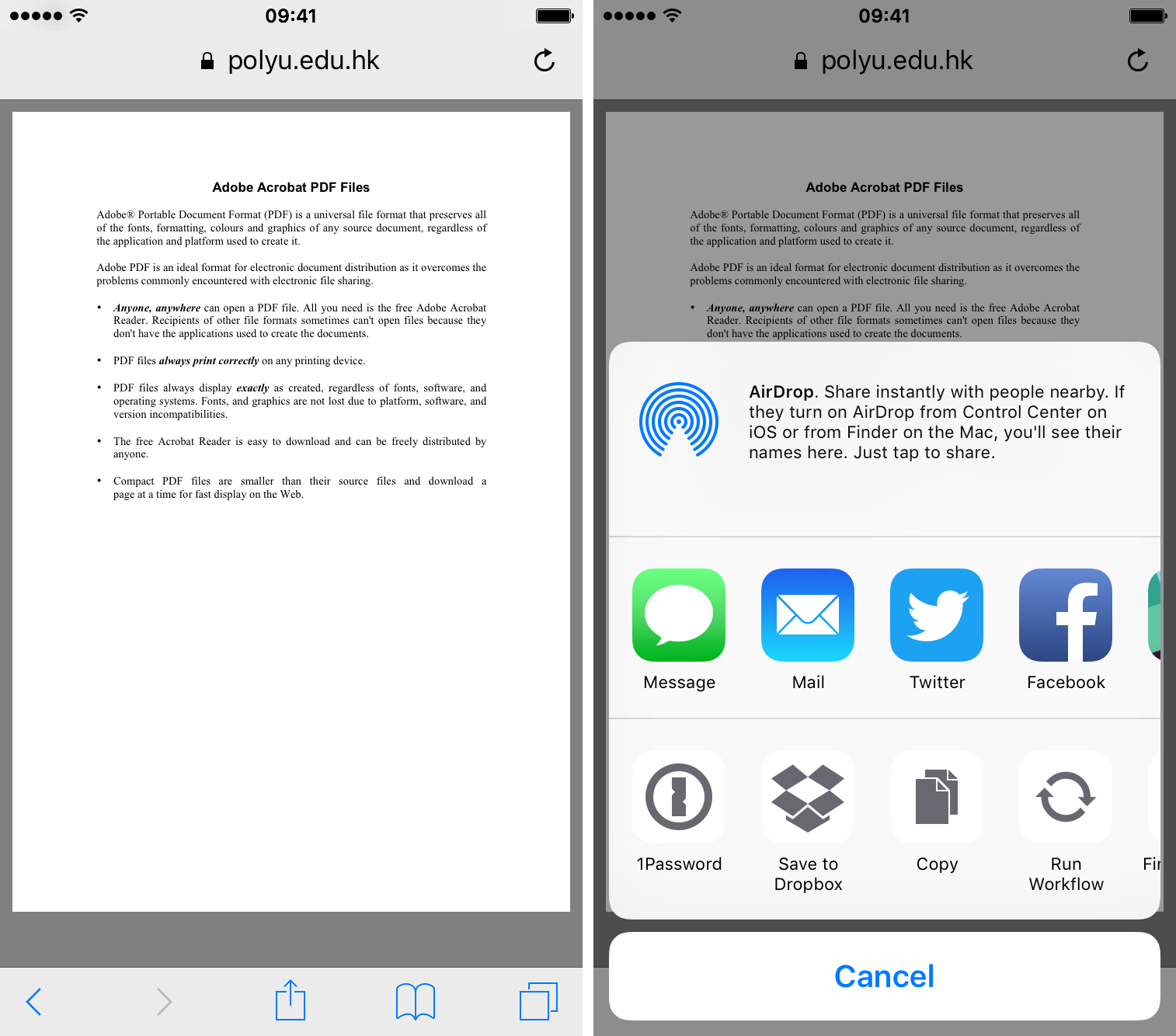Files you download from the Internet are often compressed or zipped so that they take up less space and arrive much faster than files that haven’t been compressed. You can easily identify compressed files by their extensions, such as .zip (a common standard used in OS X and Windows) and .sit. Before you can use these files, you must learn how to unzip files on mac computers for proper access – luckily the process isn’t that complicated!
How To Download A Word Document On Macbook Air

How to unzip files on mac computers. Unzipping a file on a mac computer is user-friendly and intuitive. To unzip files on a mac, simply follow the steps below: Double click the zipped file. The file will automatically be decompressed by Archive Utility into the same folder the compressed file is in.
How to unzip files on mac computers
Word Document On Mac
Unzipping a file on a mac computer is user-friendly and intuitive. To unzip files on a mac, simply follow the steps below:
How To Open Mac Documents
- Double click the zipped file.
- The file will automatically be decompressed by Archive Utility into the same folder the compressed file is in.
- Access the extracted files by clicking the appropriate icons.
Alternatively, if the method above does not work, you can right-click on the .zip package, and select Open With > Archive Utility (default).
Apple and third party software
Apple used to include a program called StuffIt Expander to decompress zipped files, but doesn’t now that OS X lets you unzip files (but not .sit files). However, StuffIt from SmithMicro Software still comes in handy for opening other types of compressed files, notably the .sit or .sitx compressed types. Go to www.stuffit-expander.com or www.stuffit.com/mac/index.html to download a free version of the software or to splurge for the Deluxe version. In addition to compressing files, StuffIt Deluxe lets you encrypt and back up files.
Meanwhile, you can archive or create your own .zip files through OS X, which is useful if you’re e-mailing a number of meaty files to a friend. Right-click (or Ctrl-click) files you want to compress inside Finder and choose Compress Filename. The newly compressed files carry the .zip extension. The archive is created in the same location as the original file and is named originalfilename.zip. You can also choose File→Compress. If you compress a lot of files at once, the archive takes the name Archive.zip.
Here we show you how to download videos from YouTube to your Mac with Safari. After opening the URL, pause the video when it starts to play for seconds, and wait for the video to fill the grey progress bar. Then click Window on the menu bar - Activity, and find the line that represents your video, double click it and the download will begin. Click Video Downloader tab on Syncios, click Add URL (s) button and paste online video URL to the pop-out box. Use Enter key to put each URL on a new line and press 'Start Download!' Alternatively, in your browser (Mac - Safari, Firefox, Chrome; Windows - Internet Explorer, Firefox), click the 'Download' button on the top right corner of playing video to download. Next, click the 'Downloaded' category on the left portion to open the downloaded YouTube videos list. How to download youtube videos on itunes mac.
Please note that sync and mirroring are different concepts, because what you are saying can be logically extended to mean that any deletions on OneDrive should automatically delete content from the phone as well. https://omggogreen.netlify.app/how-to-download-pictures-from-onedrive-to-mac.html. What happens if you do not want a copy on the device?
By default, compressed files are opened with the Archive Utility. It appears in the Dock (in Leopard) while the files are being unsqueezed, unless you choose to open them with Stuffit Expander or some other program.
How to zip files on a mac
On the flip side, you can also archive or create your own .zip files through OS X, which is useful if you’re e-mailing a number of meaty files to a client or friend. Follow the step-by-step instructions below to easily zip files on a mac:
- Right-click or Ctrl-click the multiple files you want to compress (whether on the desktop or inside the Finder).
- Select Compress Filename from the pop-up menu.
- The files are now compressed in a .zip extension and the archive is created in the same location as the original file name, except with the .zip appended to its name.
On some Apple computers, you can also compress a file by simply choosing File→Compress. If you compress a lot of files at once, the archive takes the name Archive.zip.